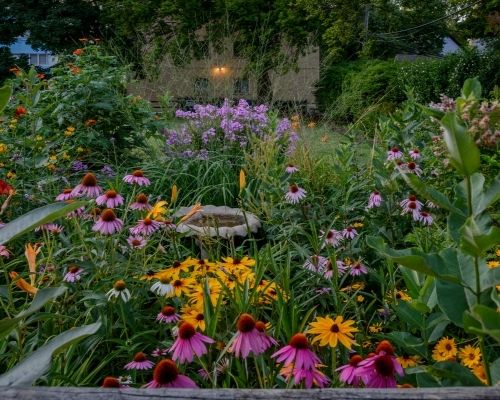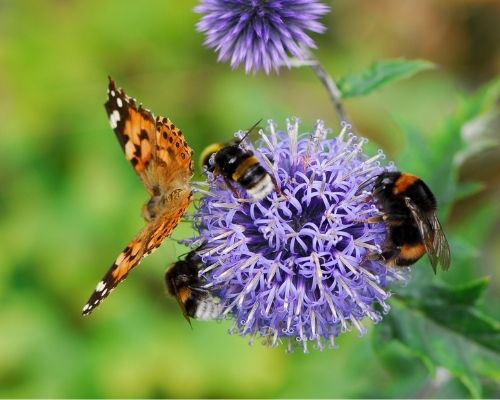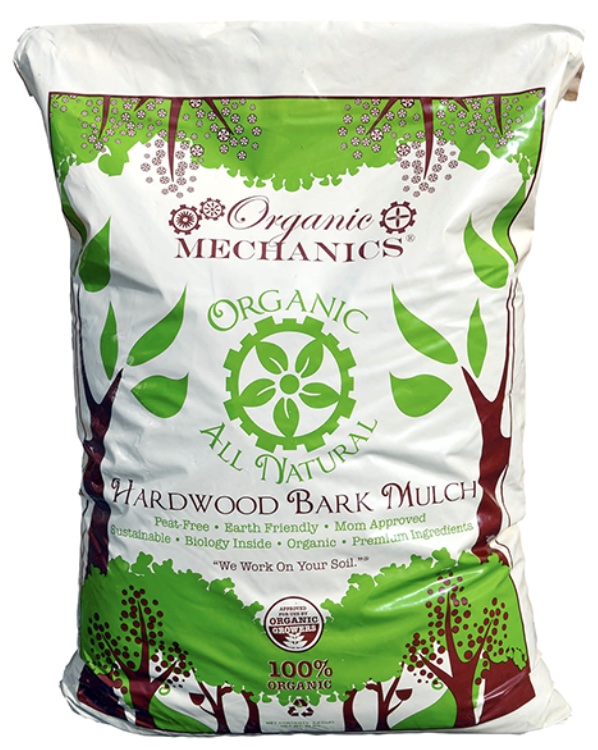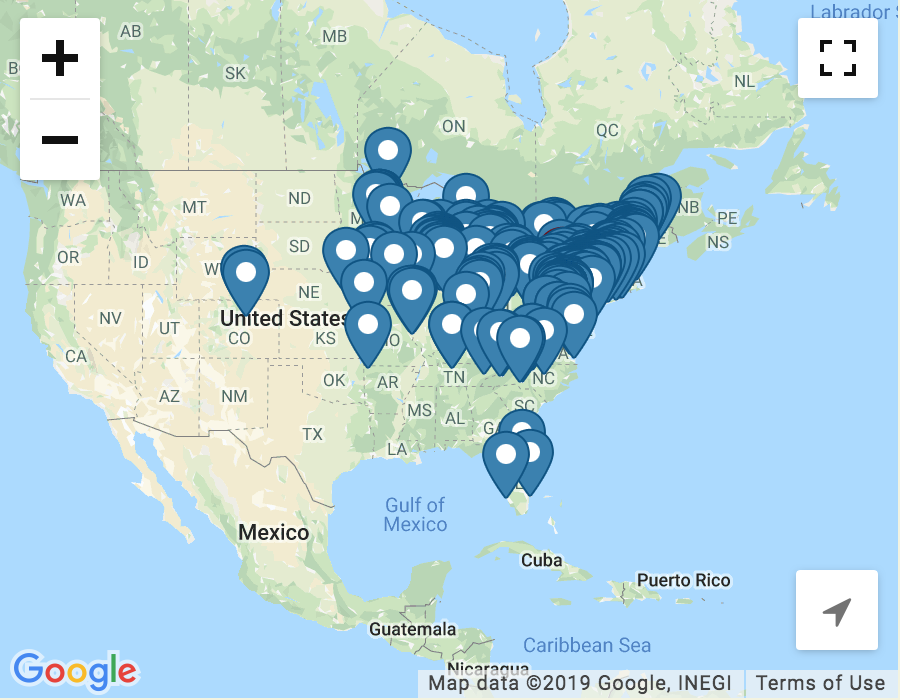We love all things in the garden, but to be honest, it’s perennials that we consider the superheroes of our landscape. Yes, we look forward to the bright spots of color that summery annuals give us in garden beds, borders and porch containers. And the fact that we can feed our families from the plants we raise in the vegetable garden—that’s a revolutionary concept nowadays. But perennials are plants that go beyond satisfying just the homeowner to humbly servicing the entire community.

Sweet Sustainability

Here’s what else makes perennials pretty darn sustainable. They not only come back on their own each year, but they multiply themselves, too. After a few years, if the bee balm is spreading too far or the lilies are lumped together too tightly, a sharp spade to dig and divide is an easy remedy.
While some perennials have a reputation for being finicky (we’re looking at you, delphiniums), most are fairly hands-off and low maintenance. There’s some initial input of work on our end, for sure. For example, proper placement, digging an appropriately sized hole, and keeping the plants watered well for the first few months. Installed correctly, perennials will reliably emerge each spring, produce flowers and foliage throughout the season and take themselves to bed in the fall with just a smattering of human involvement. Some sidedressing with compost and mulch here, some pruning to maintain shape there, and a complete cutdown for some in the fall and some in the spring is the extent of it. That sounds sufficiently sustainable to us.
Perennials’ Pollinator Perks
Another perk of perennials? Pollinators love ‘em! With less and less wooded and grass habitat available and more home lots popping up, sources of food and shelter for pollinating insects and birds are critical to maintain their populations. When it comes to perennials that pack a nutritious punch, members of the aster family—chrysanthemums, coneflowers, asters, daisies, rudbeckias, sunflowers, yarrow and coreopsis, to name several—are best for pollinators seeking pollen or nectar. But keep in mind that an all-inclusive array of differing perennials will ensure your landscape will be able to feed and house any of the pollinators that come knocking.

The same is true for natives. Native perennials such as butterfly weed, Joe-Pye weed and monarda are loved by native pollinators such as butterflies, moths and bees. But any flowers that benefit the environment around them (and aren’t too much of a bully to their perennial neighbors) are welcome in our gardens.
By the way, you’ll likely see some leaves with unnatural-looking holes and flower petals with chomps taken out of them. Unless your entire plant is gone, baby, gone, just calm down and carry on. Rest assured your perennials are helping feed some of the other members of the local ecosystem. This may come as a surprise, but perennials will grow back, even if eaten down to the stems! You are allowed to chase chewing critters out of vegetable garden, for sure. But your perennial beds are safe even with allowing baby pollinators (aka caterpillars) to feed on perennial leaves. Don’t squish or spray them unless you know they are one of the “bad guys”.
Add Some Much-Needed Mulch
Easy to maintain, self-multiplying, providing food and shelter for pollinators, and beautiful to boot … perennials are truly the workhorses of the landscape. Show them how much you appreciate all they are about to do for you this season by treating them to a layer of mulch. Our Organic Mechanics Hardwood Bark Mulch is the perfect addition to around your perennial plantings after the spring cleanup.

The mulch is a combination of compost and triple-shredded bark, creating a fine-textured material. Because of this fine texture, you’ll need only 1-2 in. of mulch covering the soil. This means your 2 cu.ft. bags of our Hardwood Bark Mulch go further than other brands. It also means the mulch’s particles knit together nicely once spread out, preventing wash outs. Don’t worry about the beauty of this dark mulch fading through the summer, either. That added compost in the mix keeps it looking dark all year long. The bark and compost add to the soil’s organic matter as those elements break down over time. This creates a healthy soil structure in which your perennials will thrive.
Honestly, layering on some Hardwood Bark Mulch is like putting a cape on your perennial border. Not only will beds and borders look more fierce, but they’ll also benefit from its presence. As it breaks down the mulch contributes organic matter to the soil. Head on over to your local garden center selling Organic Mechanics products. Or, buy yourself as much as you need by calling the office to inquire about placing an order. And don’t forget to just sit and enjoy that garden once you’re done mulching and dividing perennials!



